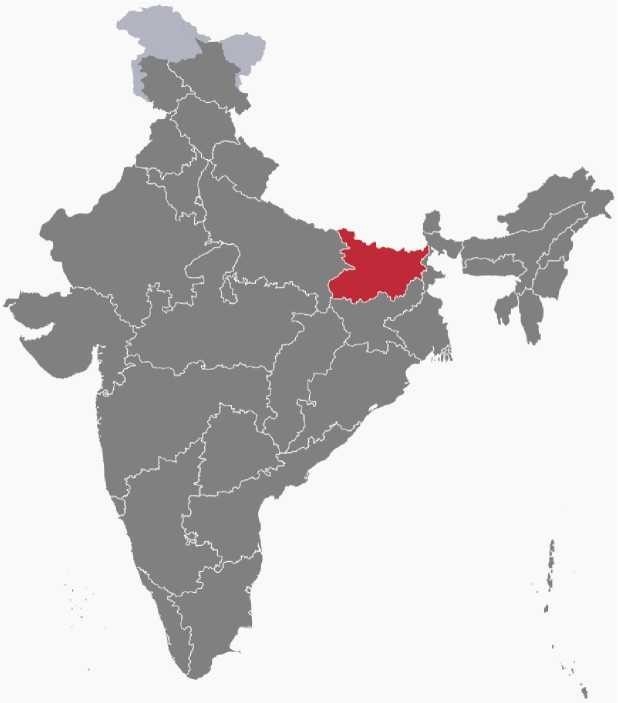Know Your State Bihar – Facts, Boundaries, State Symbols, History, Geography, Major Dams, Festivals, Lakes, and Culture.
Source – versionweekly.com A major part of General Awareness section is based on Indian states. Therefore it is important that […]
